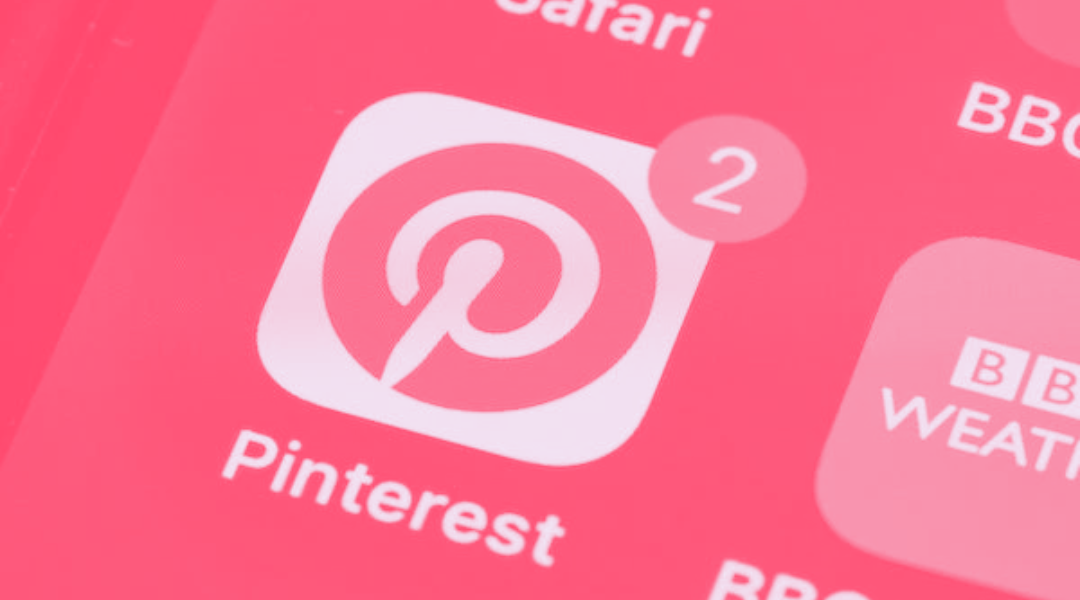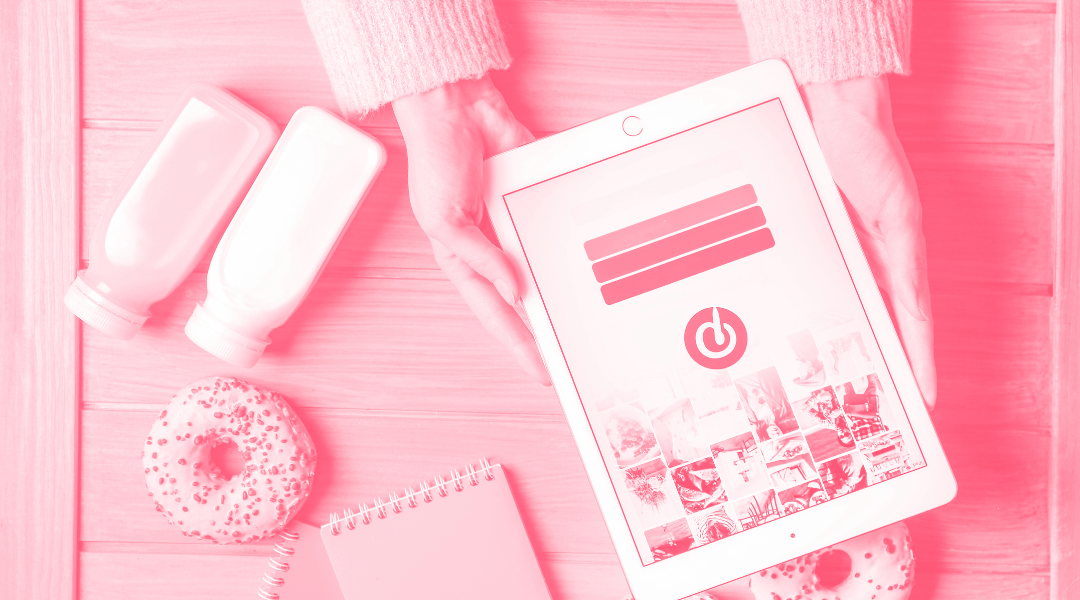5 Optimization Tips For Your Pinterest Ads Campaigns
Pinterest is a hybrid option between a social media platform and a search engine. Combining paid social strategies with SEO best practices will help...
Plan, activate and control media to hit targets with precision.
Turn data into smart decisions with advanced analytics and modeling.
Efficiency, governance and scale for agencies and teams.
![[Ebook] SEO + AI: eBook to Master AI Overviews and GEO](https://www.adsmurai.com/hubfs/MKT%20-%202025/WEB/Resources%20-%20Banners/HeaderEN_Ebook_SEO+AI.png)
[Ebook] SEO + AI: eBook to Master AI Overviews and GEO
Learn how to structure and distribute your content so generative models can understand it, trust it, and reuse it in their answers. A practical guide to compete and appear in AI Overviews and AI-powered assistants.
Discover more
When designing a digital marketing strategy it is essential to choose the locations for your ads that best fit your brand values. In previous articles we gave you reasons why your business should be on Pinterest, now let's see why it is one of the safest platforms to advertise on.
In the field of digital marketing, we talk about Brand Safety when we carry out actions to protect the image and reputation of a brand from inappropriate or questionable content in digital marketing campaigns,
There are a myriad of actions to provide brand safety to your business, among them, we highlight:
Establish a strategy, a pattern of conduct to help prevent and stop actions that destabilize brand safety,
Always take into consideration the context and segmentation of your campaign to always find an audience and a valuable scenario.
Periodically review your brand's user-generated content (UGC) or influencers. This is a way to create organic visibility in a crowded marketplace.
You should also constantly review mentions of your brand (Social Listening). Just because you don't participate in an online space, doesn't mean that users can't be talking about your brand.
Among the wide variety of social platforms out there, Pinterest may be one of the safest for users, advertisers and brands due to its high security standards.
As part of Pinterest's evolution, brand safety is a core value in all updates to the platform. It is possibly the most inspirational place online for users, which is why Pinterest seeks to create a safer internet through its privacy policies. Its goal: a safe environment to inspire users with transparency.
Some examples of actions the platform has taken in recent years to keep Pinterest a positive space are:
Not monetising search terms related to the COVID-19 pandemic.
Not allowing political campaigns.
Blocking anti-vaccine content.
Join the National Eating Disorder Association to promote body acceptance.
Pinterest is not only a positive digital environment for brands, but also for users. A positive space increases user brand recognition, trust and purchases. In fact, according to data from the platform itself, 9 out of 10 users consider it a safe environment and 8 out of 10 feel positive about it. What does this data guarantee? That users are twice as likely to trust a brand on Pinterest as on other social platforms.
In addition to privacy policies, there are additional controls for brands launching Pinterest Ads:
Positioning, where to appear.
Keyword control, the most appropriate terms for the brand.
Expanded targeting: Using signals collected from ads to reach more people interested in the product or service. Go beyond the audience of interests or keywords.
Search term reporting: Only available to advertisers who have contact with a Pinterest representative. It provides insight into the queries that trigger an ad campaign.
There is also a specific code of conduct for Pinterest creators, those users who create content. These are mandatory rules to build a safe and inclusive community.
This content moderation of both organic content and ads is complemented by other guidelines.
Prioritize users in all optimizations of tools, products and practices on the platform.
Create a supportive community in which all users report unacceptable content.
Issuing a biannual Transparency Report by Pinterest where you can see the amount of content that has violated the platform's policies.
The mix of guidelines, machine learning and user review allows Pinterest to be a positive and safe platform that brands should not overlook in their digital marketing strategy.

Pinterest is a hybrid option between a social media platform and a search engine. Combining paid social strategies with SEO best practices will help...

Video ads on Pinterest are a tool for brands to promote products, services or messages through dynamic visual content. These ads integrate seamlessly...

Pinterest Ads emerges as a powerful platform to connect with your target audience and achieve your business goals. To get the most out of this tool,...